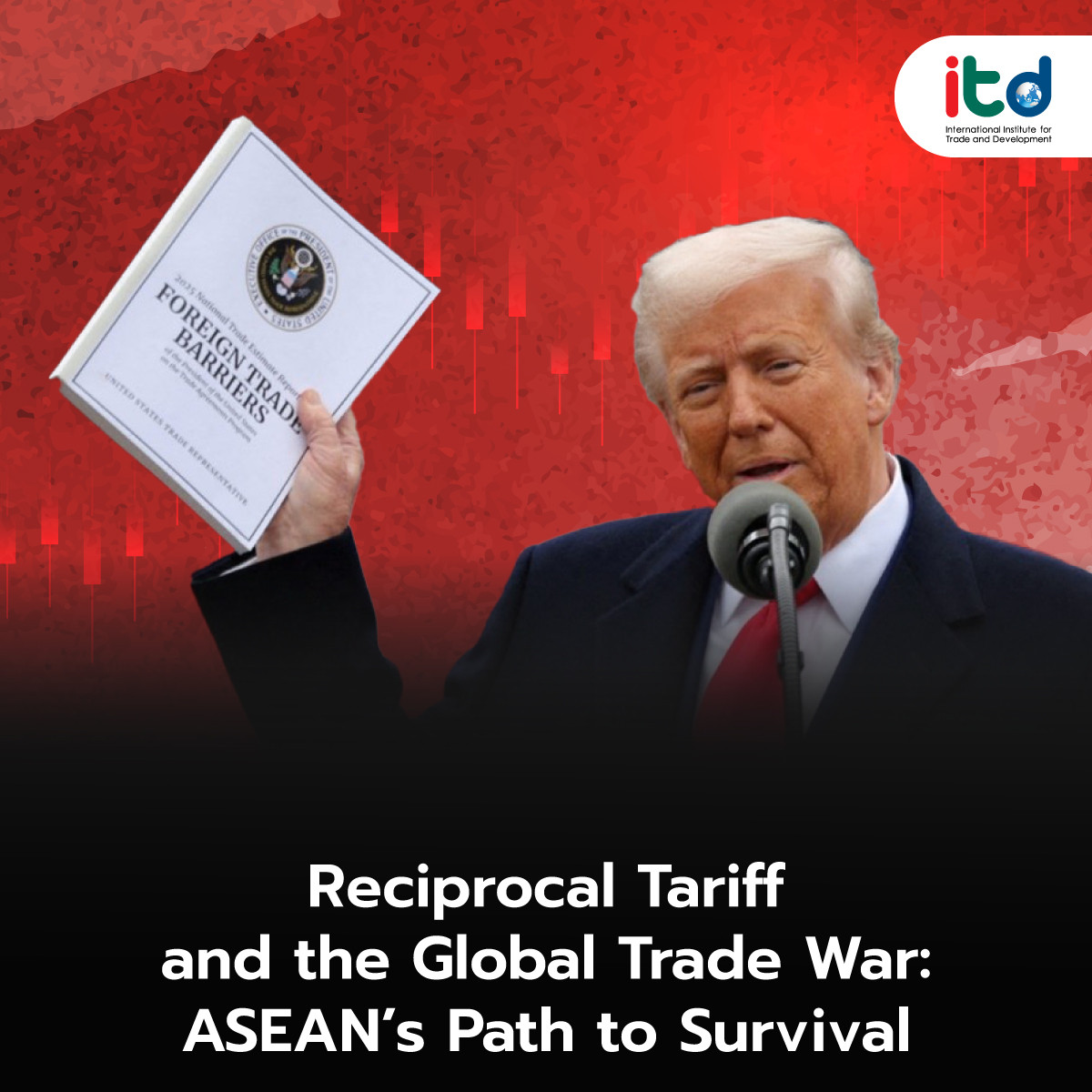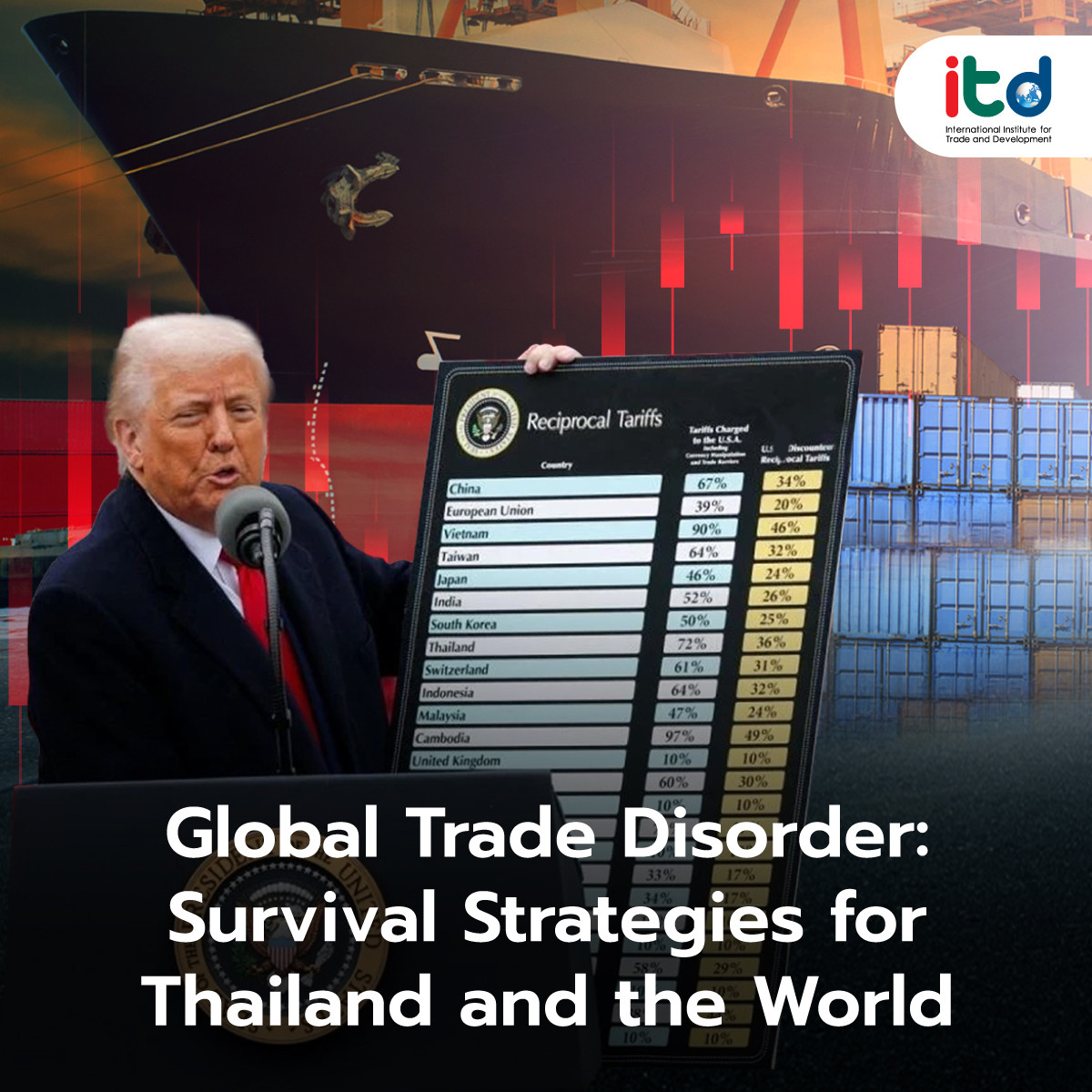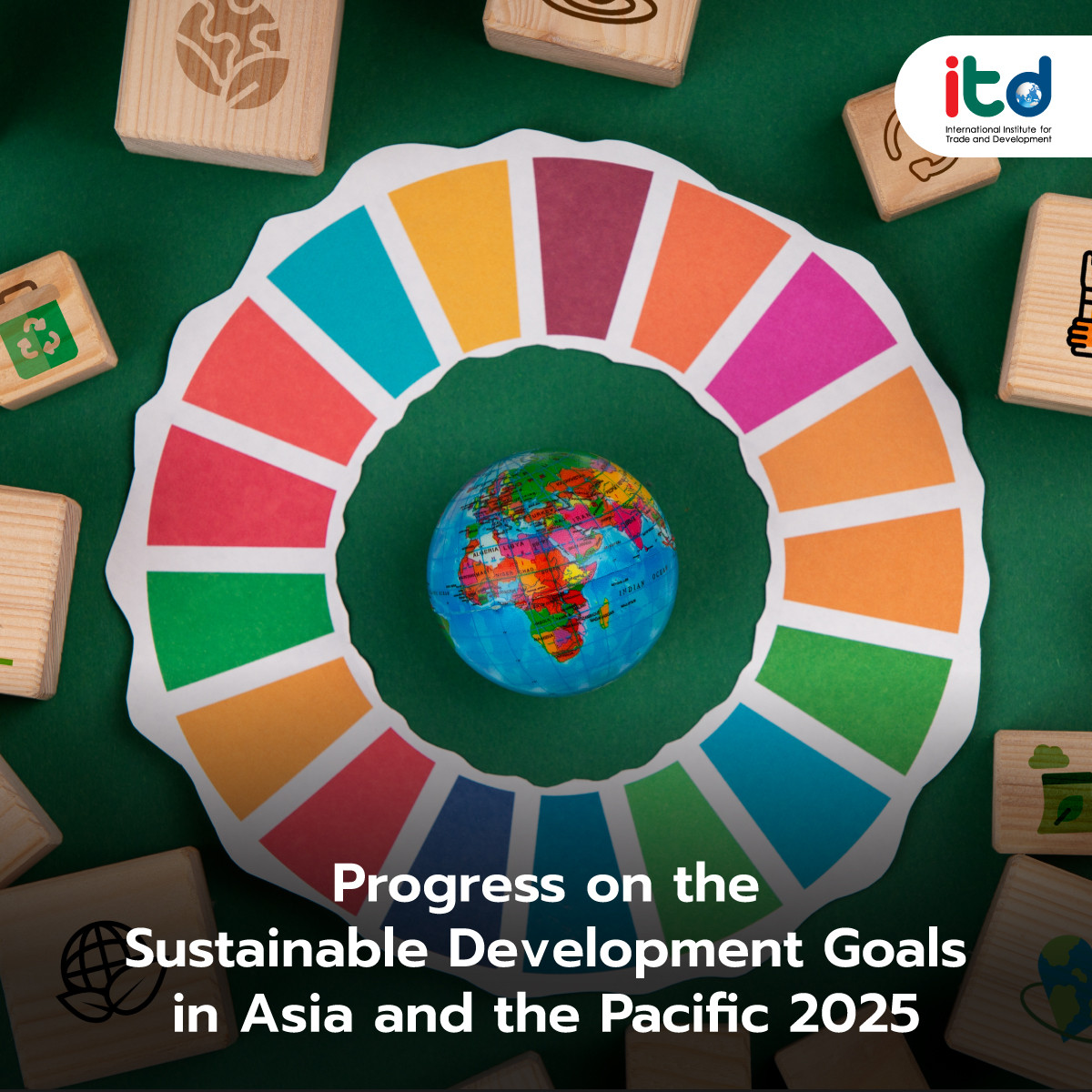About Documents
Currently, Viet Nam is a Southeast Asian country that has garnered significant attention due to its high economic growth rate and large consumer base with nearly 90 million people. Foreign direct investment from around the world flows into Viet Nam to establish production bases for both domestic sales and exports. Viet Nam has free trade agreements with 54 countries, totaling 16 agreements, which result in products made in Viet Nam enjoying tax benefits when exported to international markets.
Viet Nam aims to become a developed country by the year 2045. Transitioning from a middle-income to a developed country poses several challenges. The research report titled “Viet Nam 2045: Development Issues and Challenges,” published by ERIA, offers the following policy perspectives:
Viet Nam is facing demographic changes, with the proportion of the working-age population to the total population beginning to decline from the 2020s. This will result in a decrease in the economic growth that relies on labor as a production factor. Therefore, Viet Nam must accelerate the development of macroeconomic productivity and industrial upgrading, shifting the industrial sector from growth driven by production factors to growth driven by innovation.
To make innovation-driven growth the main driver, Viet Nam must expedite the development of high-skilled labor quality and enhance labor market demand flexibility, especially by accelerating the migration of labor from rural to urban areas. It is crucial to elevate the quality of life for the workforce in terms of public health and continuous improvement of labor quality within the system, to upgrade the skills of the existing workforce. Additionally, it may be necessary to promote the immigration of high-skilled labor from abroad.
Viet Nam must expedite the development of an efficient foundational capital market to support domestic enterprises in accessing capital at reasonable interest rates. Commercial banks must be able to access reliable information from businesses applying for loans. It is essential for Viet Nam to establish financial institutions that serve SMEs specifically, as well as to enhance entrepreneurs’ financial planning capabilities. This is to ensure that medium and small enterprises play a greater role in the country’s employment landscape.
In terms of industrial development policy, Viet Nam should promote a competitive environment between Vietnamese industries and those of foreign investors, ensuring fairness. Additionally, it must facilitate competition between new entrepreneurs and traditional business operators. It is essential to believe that fair competition will lead to innovation development and enhance competitiveness in foreign markets, which is beneficial in the long term.
A critical aspect of being a country that supports foreign investment is technology transfer. Viet Nam has been highly successful in attracting direct foreign investment, with leading international companies setting up factories to utilize Viet Nam as a production base. Modern production technology is a crucial factor that will contribute to the transition to a developed country.
Moreover, Viet Nam needs to urgently develop its domestic small and medium-sized enterprises (SMEs) to cooperate with foreign companies in producing modern goods for export to international markets. Currently, Viet Nam has to import a high proportion of primary and intermediate production factors from abroad. Amidst global economic changes, Viet Nam’s transition to a developed country presents challenges that must be closely monitored.






